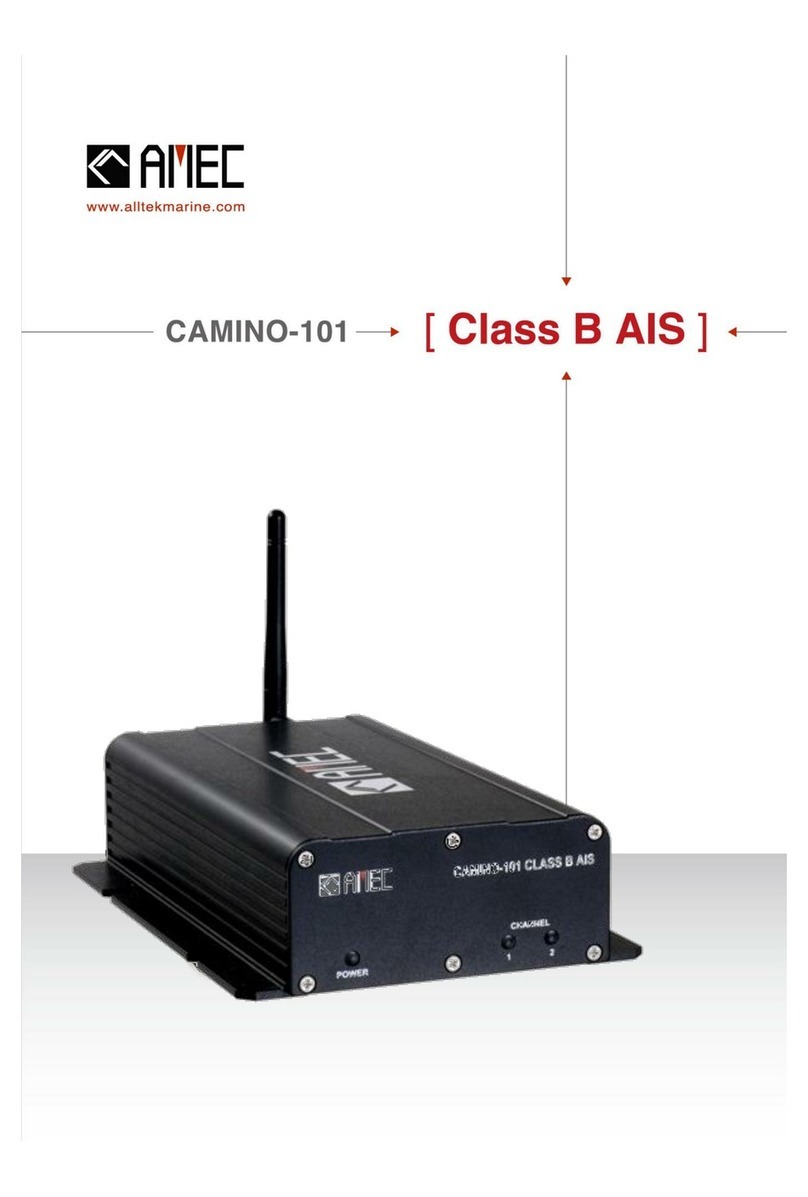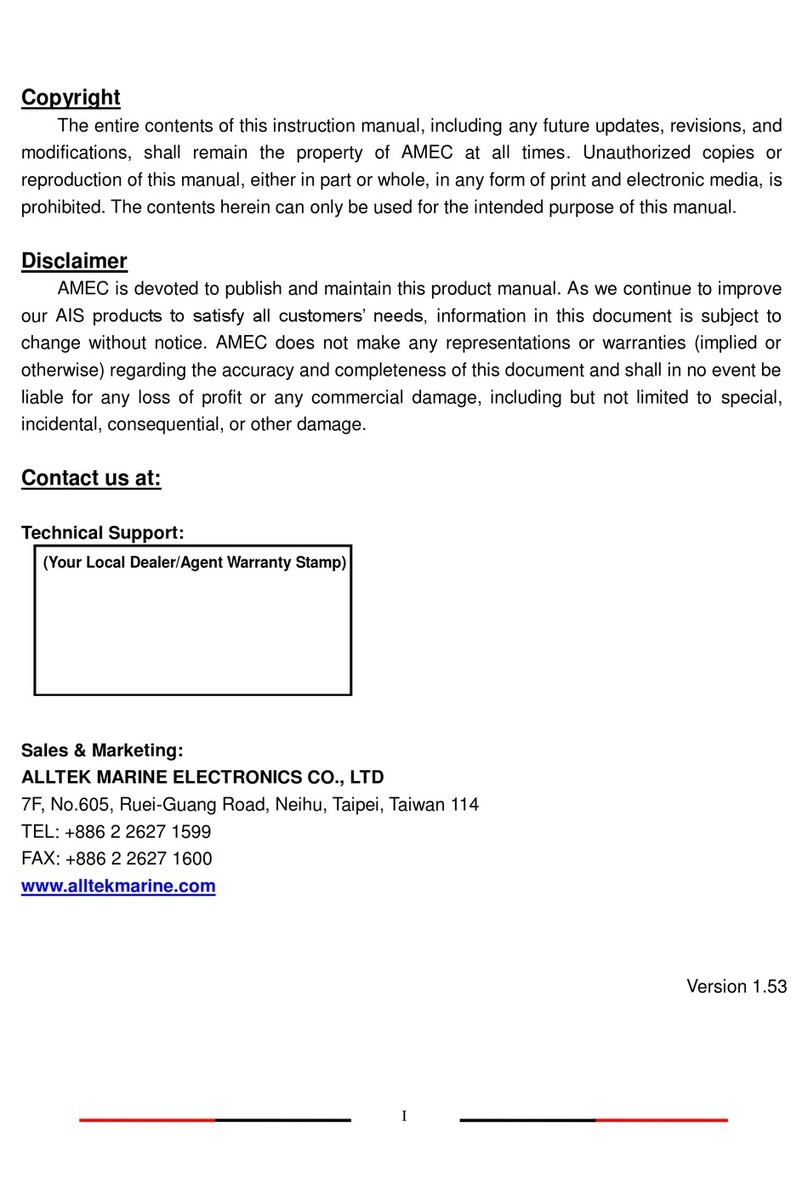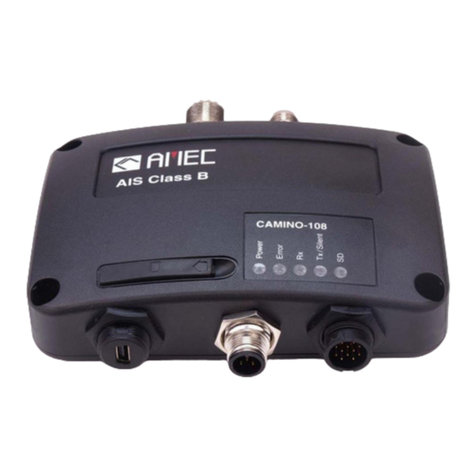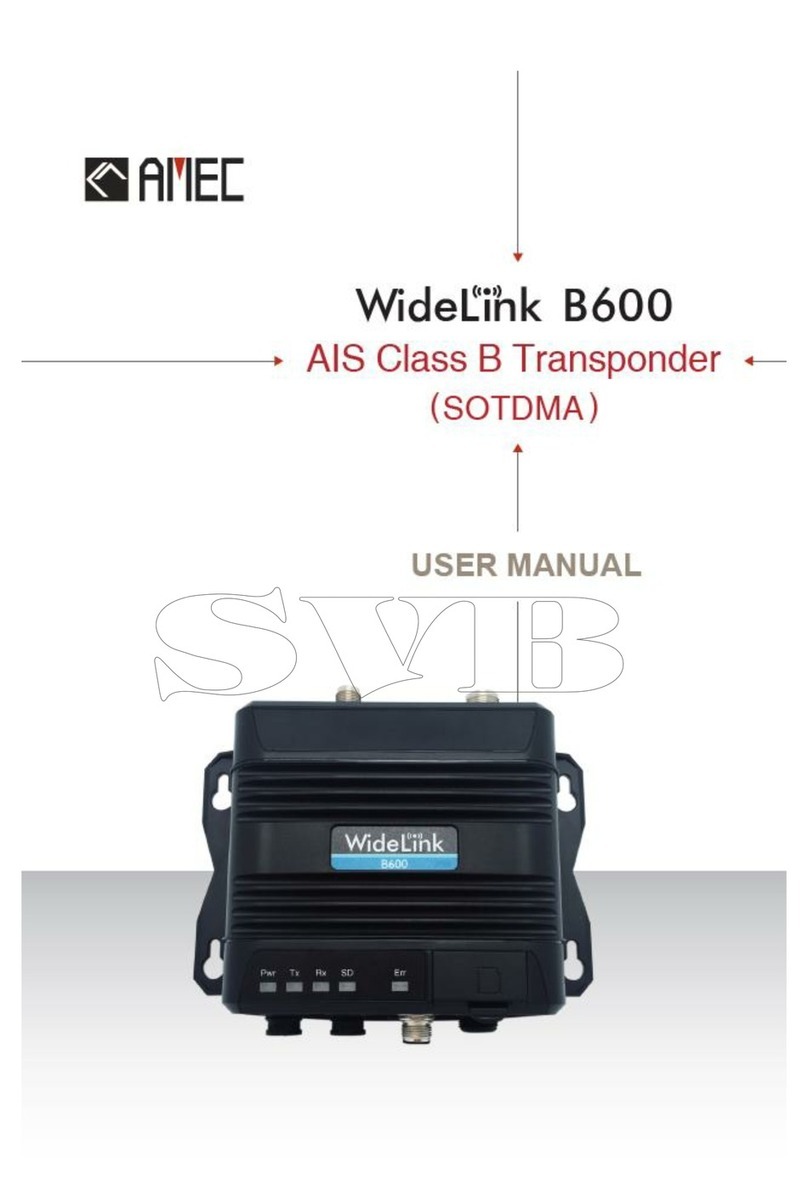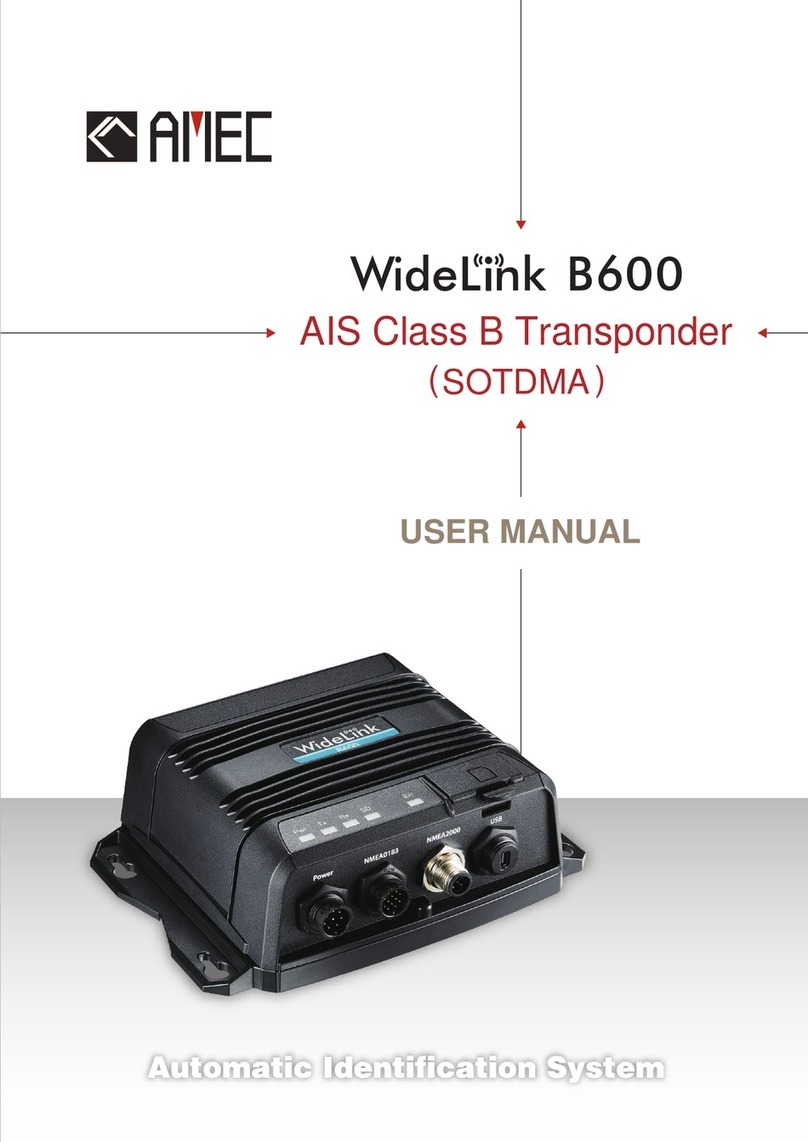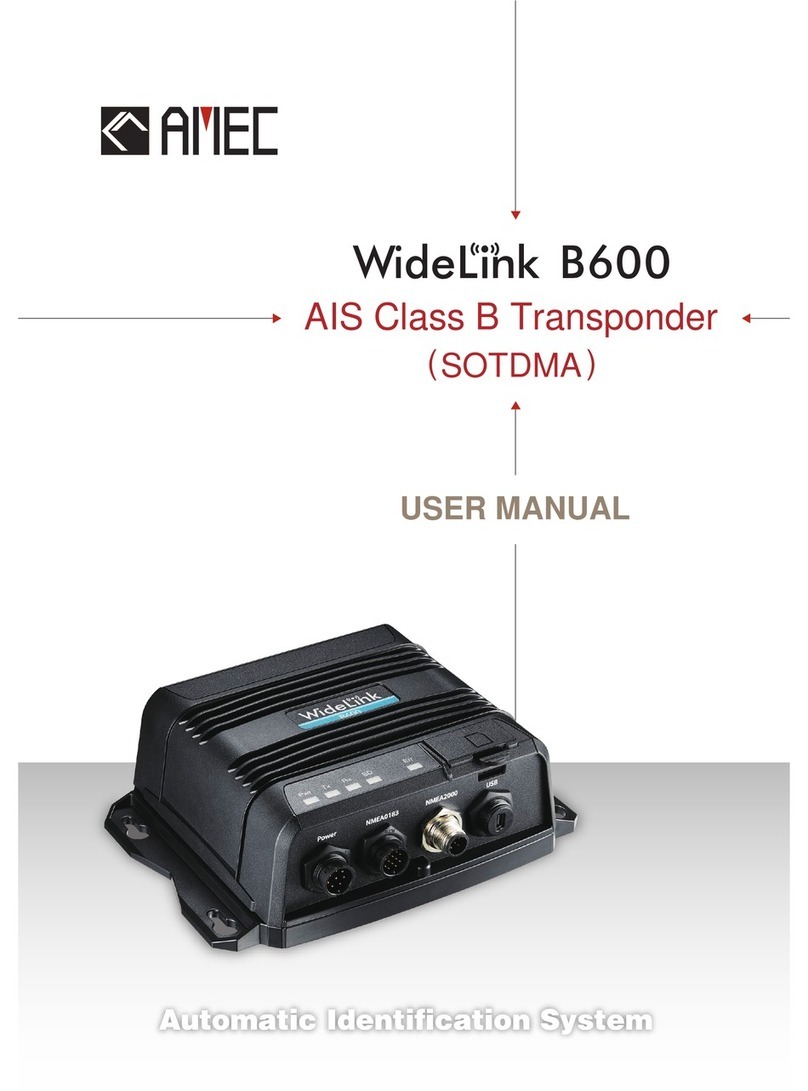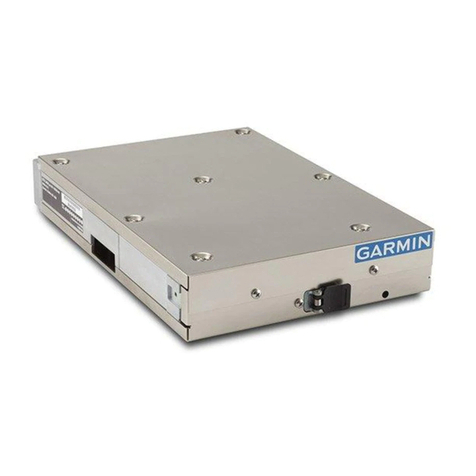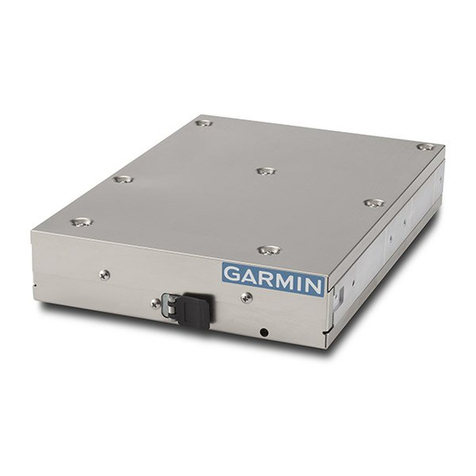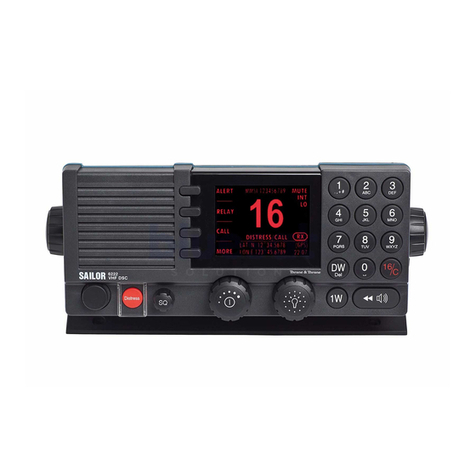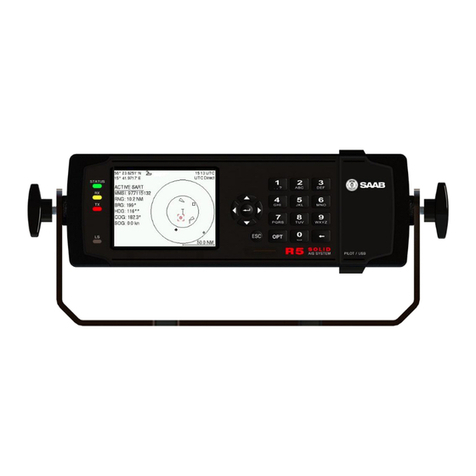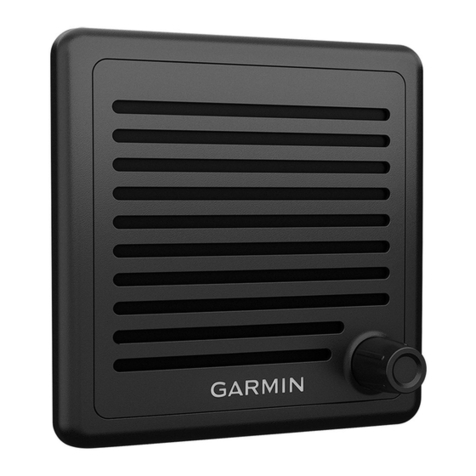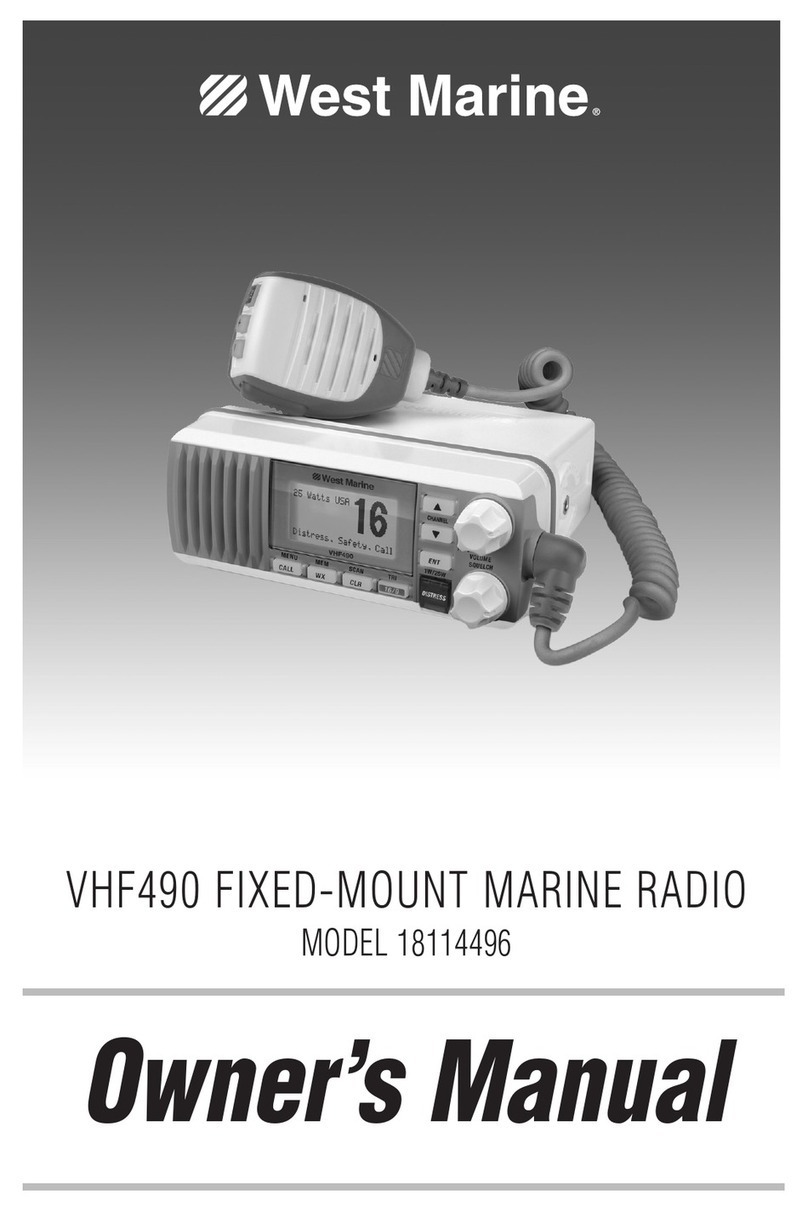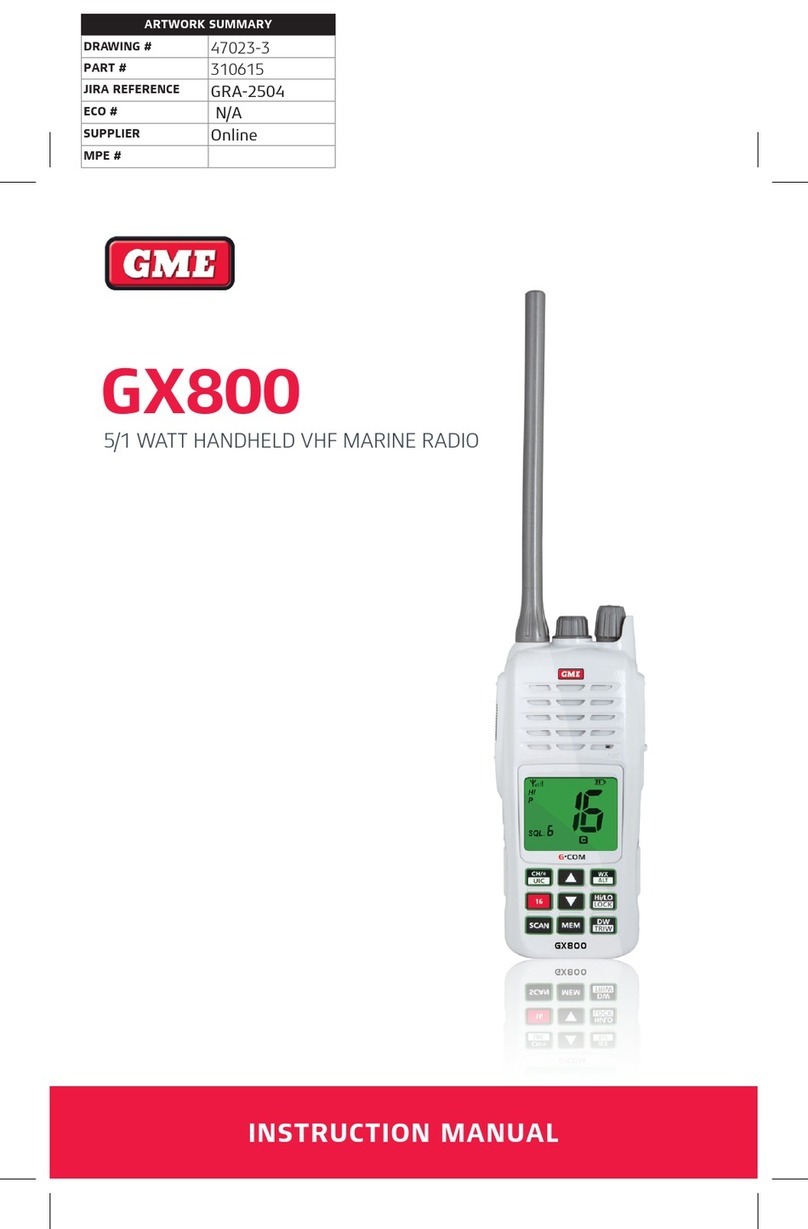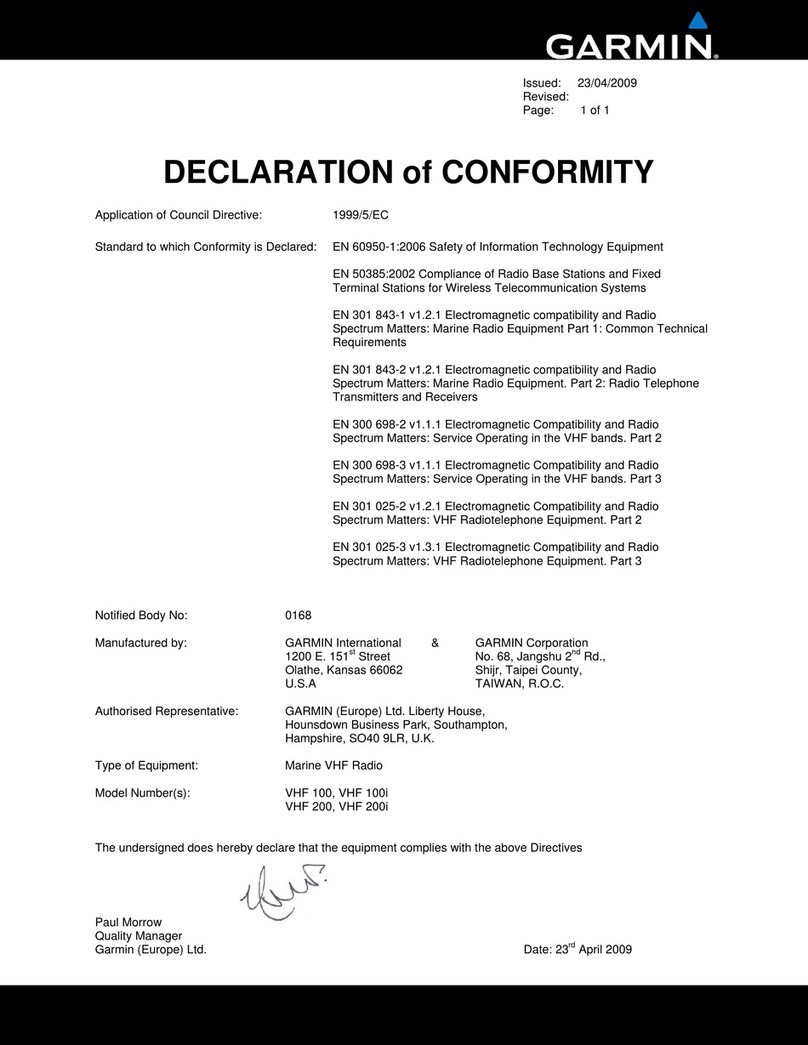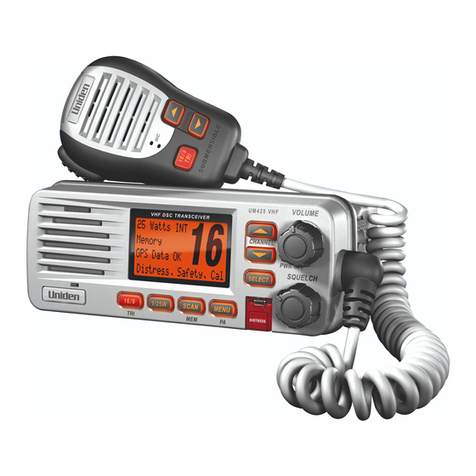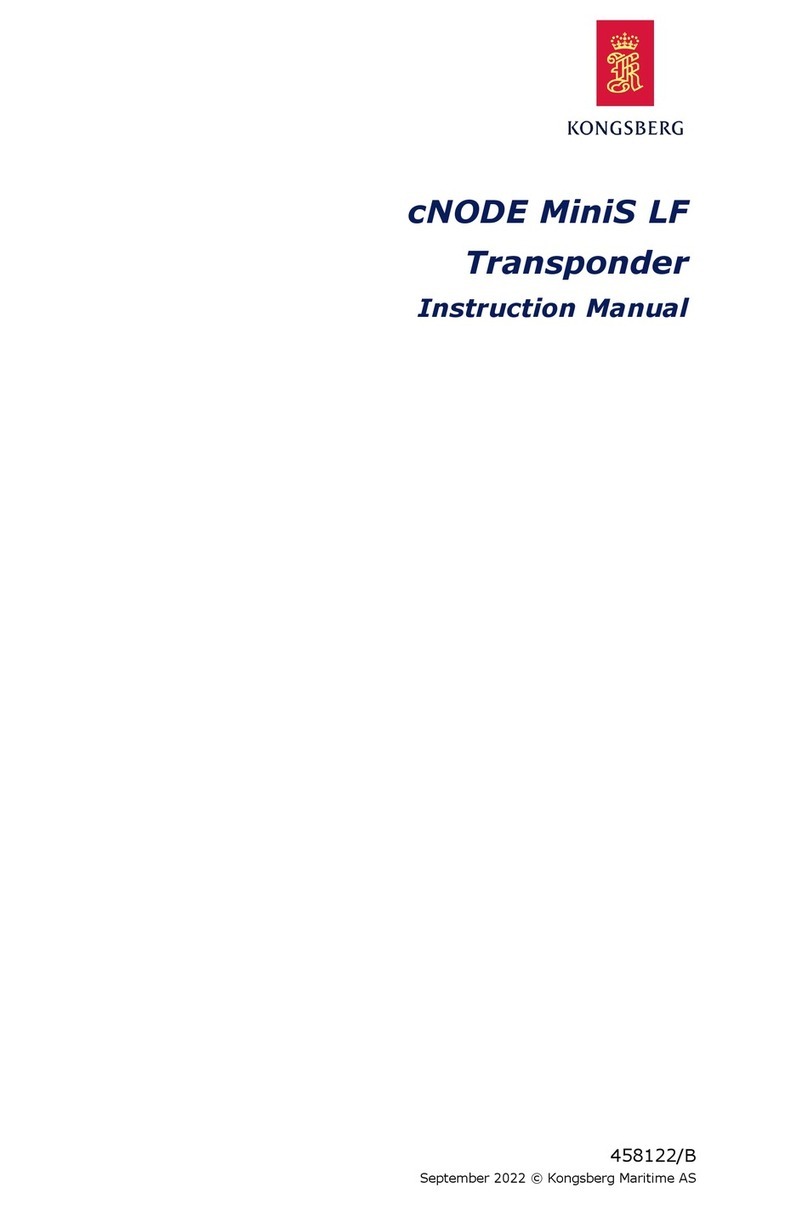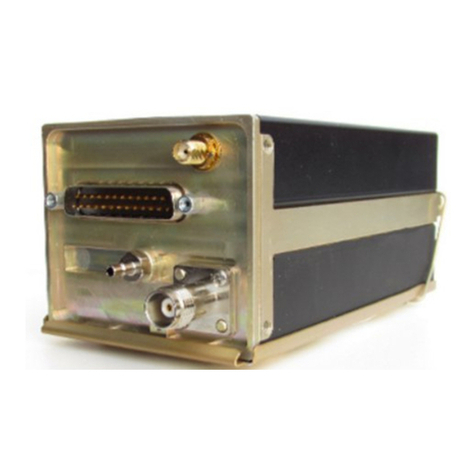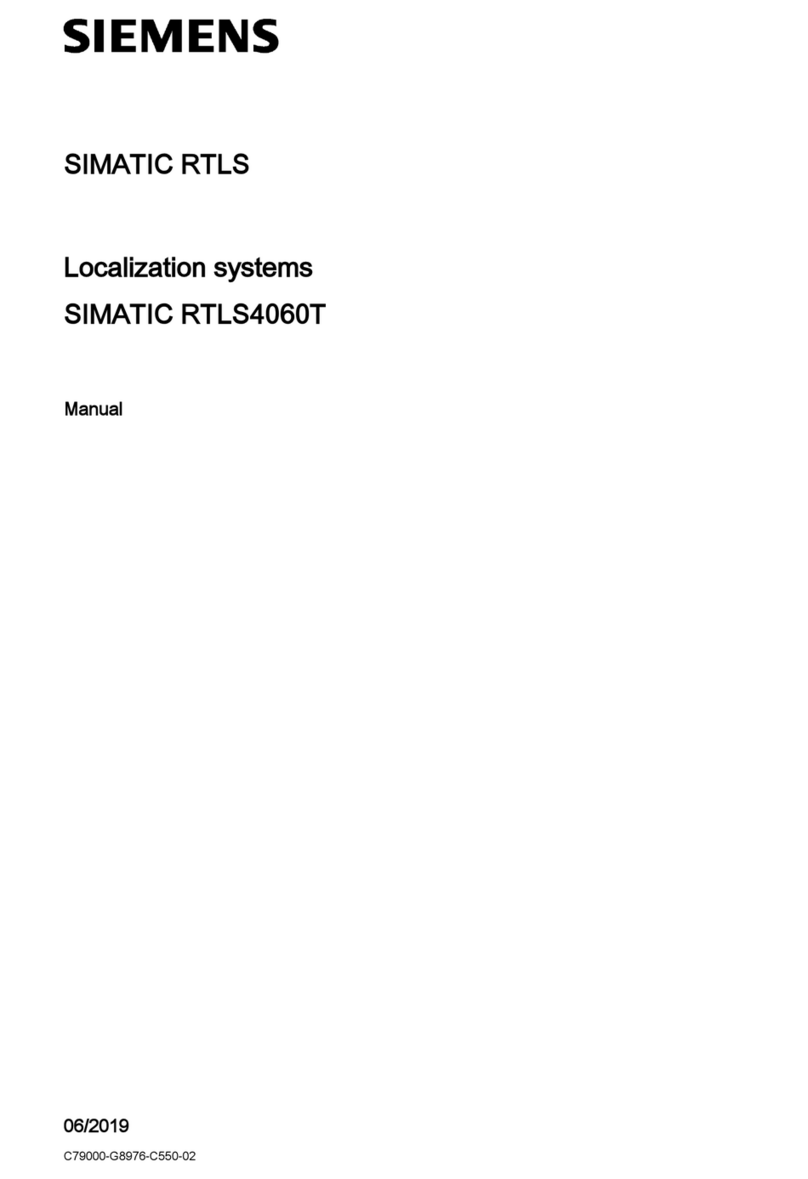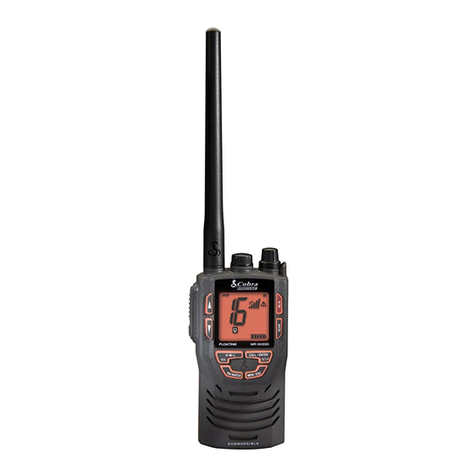
ii
4.6 NAVIGATION STATUS........................................................................................................................ 45
4.6.1 Own Ship ........................................................................................................................................... 45
4.6.2 AIS Targets ........................................................................................................................................ 46
4.6.3 Region List......................................................................................................................................... 49
4.6.4 Alarm List .......................................................................................................................................... 51
4.6.5 Alarm History .................................................................................................................................... 52
4.6.6 Sensor Status..................................................................................................................................... 52
4.6.7 Dangerous List................................................................................................................................... 53
4.6.8 MOB List............................................................................................................................................ 55
4.6.9 Friend Ships....................................................................................................................................... 57
4.7 SHIP SETTING ................................................................................................................................. 58
4.7.1 Own Ship ........................................................................................................................................... 58
4.7.2 Voyage............................................................................................................................................... 59
4.7.3 CPA/TCPA .......................................................................................................................................... 60
4.7.4 Change MMSI/IMO ........................................................................................................................... 60
4.7.5 Retry Times ....................................................................................................................................... 62
4.8 TRANSCEIVER ................................................................................................................................. 63
4.9 SYS CONFIG ................................................................................................................................... 63
4.9.1 Customize.......................................................................................................................................... 64
4.9.2 Radar View ........................................................................................................................................ 64
4.9.3 Map Calibration ................................................................................................................................ 65
4.9.4 Sensor Config .................................................................................................................................... 65
4.9.5 Factory .............................................................................................................................................. 66
4.9.6 Password........................................................................................................................................... 67
4.9.7 Long Range Setting ........................................................................................................................... 68
4.9.8 Long Range Broadcast....................................................................................................................... 68
4.9.9 Destination Table Setting.................................................................................................................. 69
4.10 DIAGNOSTICS ................................................................................................................................. 70
4.10.1 System On/Off .............................................................................................................................. 70
4.10.2 Memory Test................................................................................................................................. 71
4.10.3 Sensor Port.................................................................................................................................... 71
4.10.4 TFT-Panel....................................................................................................................................... 72
4.10.5 Keyboard Test ............................................................................................................................... 72
4.10.6 GPS Status ..................................................................................................................................... 73
4.10.7 Transceiver.................................................................................................................................... 73
4.10.8 Communication Test ..................................................................................................................... 74
4.10.9 Panel Test...................................................................................................................................... 76
4.10.10 Version .......................................................................................................................................... 76
5TECHNICAL SPECIFICATIONS.......................................................................................... 77
5.1 APPLICABLE STANDARDS ................................................................................................................... 77
5.2 VHF TRANSCEIVER........................................................................................................................... 77
5.3 DSC RECEIVER................................................................................................................................ 77
5.4 GPS RECEIVER (INTERNAL) ................................................................................................................ 78
5.5 POWER SUPPLY............................................................................................................................... 78
5.6 LCD DISPLAY ................................................................................................................................. 78
5.7 KEYPAD &KNOB............................................................................................................................. 78
